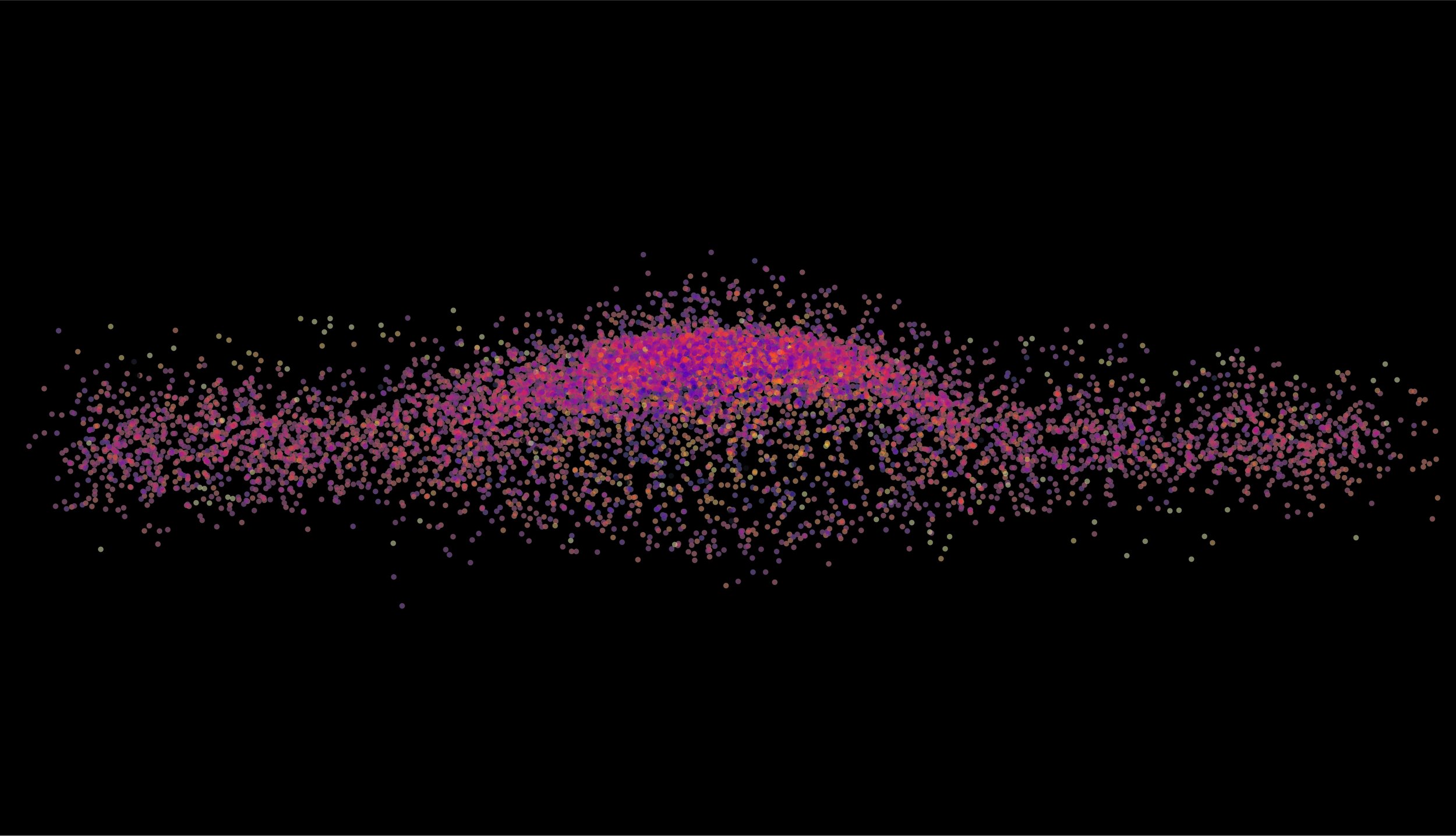
Research
Overview
During development, proper formation of tissues and organs requires both the specification of distinct cell types and the coordination of cell movements. Errors in these processes can result in diseases. An open question is how the different moving cells dynamically interact to give rise to the intricate multicellular arrangements we observe in living organisms.
Our lab is interested in understanding the interplay between extrinsic stimuli and collective cell behaviours in establishing and maintaining the directionality of cell migration.
We use a range of genetic, chemical and optical approaches combined with advanced imaging in the zebrafish embryo to investigate how cells in a collective group sense and feedback on extrinsic stimuli to travel to their desired final destination inside a developing embryo.
Our questions are:
- what are the mechanisms that enable the adaptation of intra- and inter- cellular signaling activities to the changing extracellular environment?
- how is the cellular architecture dynamically organised in a migrating group of cells to enable efficient sensing of and response to extrinsic signals?
- can the abilities of cells in motion to sense, adjust to and even shape extrinsic stimuli offer an entry point to developing tools for disease treatment and tissue engineering?
Collective cell migration
Cellular architecture
Intracellular receptor sorting


